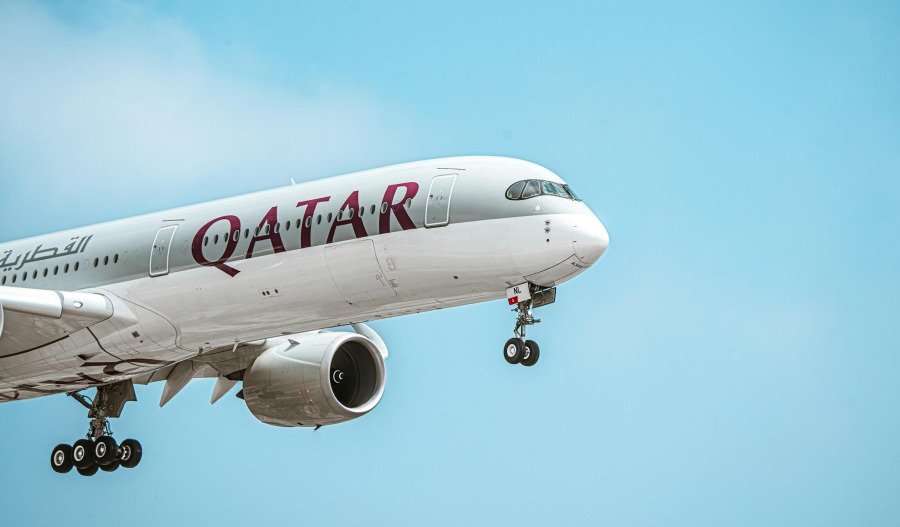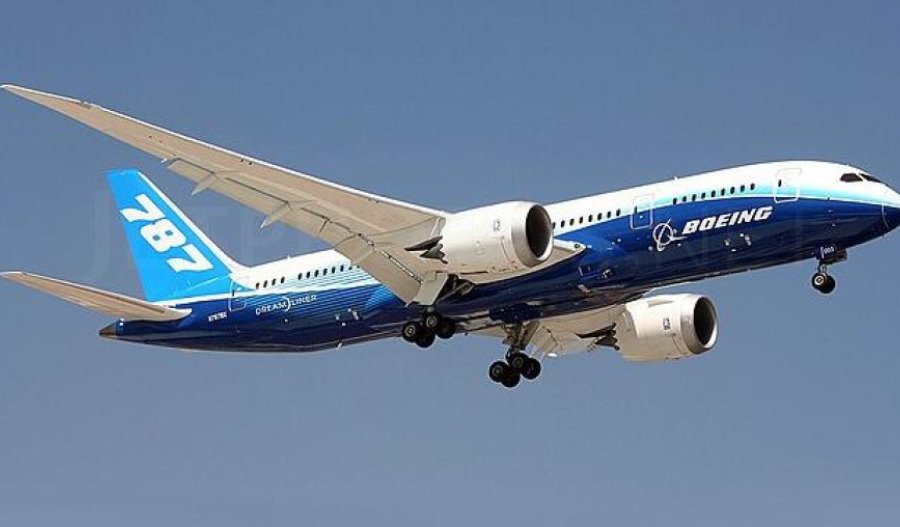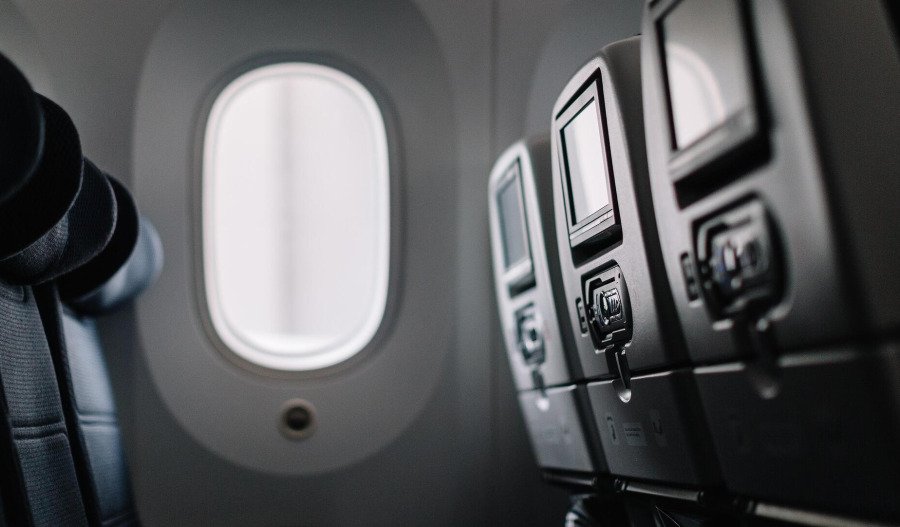With the post-pandemic rebound in commercial air travel driving unprecedented global demand for updated aircraft, Boeing’s order book has risen to its highest level in over 18 months. The plane maker has logged orders for 512 planes this year, compared with 215 for its rival Airbus.
More orders are expected to be signed at next week’s Paris Air Show, a biennial event at which Boeing and Airbus battle to reveal new deals for commercial jets.
Having received 606 net orders this year alone, Boeing’s order backlog at the end of May was 5,943-300 more than at the end of April.
Boeing’s gross aeroplane orders hit 303 last month, the most since December 2023.
The manufacturer handed over 45 aircraft in May, over double the 24 it delivered a year earlier.
Significantly boosting Boeing’s order book since mid-May was a record-breaking deal with Qatar Airways to buy up to 210 jets, notching the U.S. plane-maker’s largest-ever widebody aircraft order.
The Middle Eastern airline has ordered 150 widebody jets, including 120 787s and 30 777-9s.
Also in May, unnamed customers ordered seven 787s, bringing Boeing’s total widebody aircraft orders for the month to 157.
While the airline regulator (The FAA) capped production of Boeing’s best-selling 737 Max planes at 38 a month last year after a safety incident, CEO Kelly Ortberg is expected to seek permission to raise that rate.
Meanwhile, Ortberg recently told investors that Boeing expects to resume plane deliveries to Chinese airlines this month, after a pause during the trade war between the Trump administration and Beijing.
Given that the bulk of an aeroplane’s price is paid when the jet is handed over, Boeing generates strong cash flow.
The recent uptick in orders is a welcome kicker for Boeing which has a financial losing streak stretching back six years, starting with the grounding of the 737 Max in 2019 following two deadly crashes.
The company’s total losses since that time are a staggering $35.7 billion.
Meanwhile, a recently-released report by McKinsey & Company highlighted a growing gap between air travel demand and the aviation industry’s supply of new aircraft to meet it.
While passenger demand has rebounded from pandemic-era lows and is projected to keep growing, delivery times for newly manufactured aircraft — and maintenance turnaround times for aircraft in existing fleets — have slowed.
Underscoring the mounting demand for aircraft is commercial air travel demand - measured in revenue per passenger kilometres (RPKs) – which grew by 10.4% from 2023 to 2024 and is projected to grow at an annual rate of 4.2% through to 2030.
While the production system for new aircraft can be slow to ramp up due to its complexity, McKinsey & Company notes shortages in both skilled labour and raw materials in the wake of demand whiplash.
“Some aircraft models have been unexpectedly grounded, and some new-engine introductions have encountered early hiccups,” the report said.
“These combined challenges, which are unlikely to subside in the near term, have caused delays in both new aircraft deliveries and maintenance turnaround times.”



